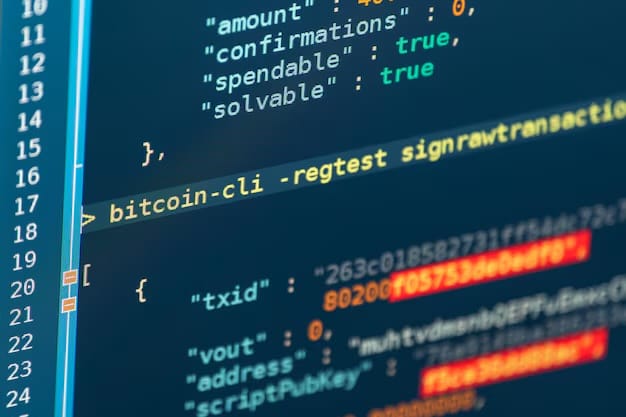Bitcoin Devs Push Forward with Controversial Change to Remove OP_RETURN Limit

Core developers for Bitcoin are forging ahead with a significant software update that removes the long standing 80-byte limit on OP_RETURN outputs, a change that allows transactions to exceed traditional size constraints for non-financial data. This decision, set to be implemented in Bitcoin Core’s next release, has ignited a heated debate within the Bitcoin community.
While some view the update as a pragmatic step toward aligning Bitcoin’s policy with modern network realities, others criticize it as a departure from Bitcoin Core’s cautious approach to controversial changes, labeling the inclusion of non-financial data as “spam” that could clog the network.
The OP_RETURN mechanism, introduced to provide a provably unspendable output for embedding small amounts of data like hashes or commitments, was designed to prevent the creation of toxic entries in Bitcoin’s unspent transaction output (UTXO) set. The 80-byte cap served as a soft deterrent, encouraging efficient use of block space while discouraging larger data payloads.
However, Bitcoin Core’s update as outlined in a draft spec will allow transactions to include OP_RETURN outputs of any size and number, effectively retiring this restriction. The rationale, as outlined in the project’s documentation, is that the cap has become counterproductive, easily bypassed by private mining accelerators and alternative implementations that ignore the limit. Determined users have also resorted to workarounds, such as bare multisig or fake output public keys, which harm the UTXO set, the very issue OP_RETURN was meant to address.
It appears Bitcoin Core is moving ahead with removing the cap on OP_RETURN in their next release, according to a draft document they put up. pic.twitter.com/Q2haieQYmY
— DΛVID (@DavidShares) May 6, 2025
Why the Change Is Stirring Controversy
The decision to lift the OP_RETURN cap is notable not only for its technical implications but also for its break from Bitcoin Core’s tradition of avoiding contentious updates.
Typically, the project seeks broad consensus before implementing changes, particularly those that could alter network dynamics. Critics argue that moving forward despite vocal opposition risks undermining Bitcoin’s decentralized ethos. Some community members have expressed concern that removing the cap could encourage an influx of non-financial data, potentially straining node resources and increasing transaction fees for regular users. They point to existing large-data inscriptions, which have been criticized for occupying valuable block space, as evidence of the potential for abuse.
Supporters, however, see the update as a necessary evolution. The change aligns Bitcoin Core’s default relay policy with actual network practices, reducing incentives for harmful workarounds and simplifying transaction propagation. By allowing data to reside in a single, unspendable output, the update promotes a cleaner UTXO set and improves fee estimation and compact-block relay reliability. Developers also considered alternatives, such as raising the cap or implementing aggressive filters to block data-embedding tricks, but dismissed them as arbitrary or prone to creating a cat-and-mouse game with users. The decision to remove the cap entirely was deemed the most transparent and consistent with Bitcoin’s minimal-rule philosophy, letting the fee market arbitrate competing demands for block space.
The debate highlights a broader tension within Bitcoin’s ecosystem: balancing the network’s role as a financial ledger with its use for non-financial applications. While the update does not alter Bitcoin’s consensus rules or its 4-million-weight-unit block limit, it shifts the responsibility to node operators and wallet developers to adapt to a more permissive environment.
Dissenting parties can still run stricter policies or propose new resource limits if issues arise, preserving Bitcoin’s open and decentralized nature. As the community awaits the new software release, the removal of the OP_RETURN cap serves as a reminder of Bitcoin’s ongoing evolution and the challenges of governing a protocol with diverse stakeholders and ecosystem.

